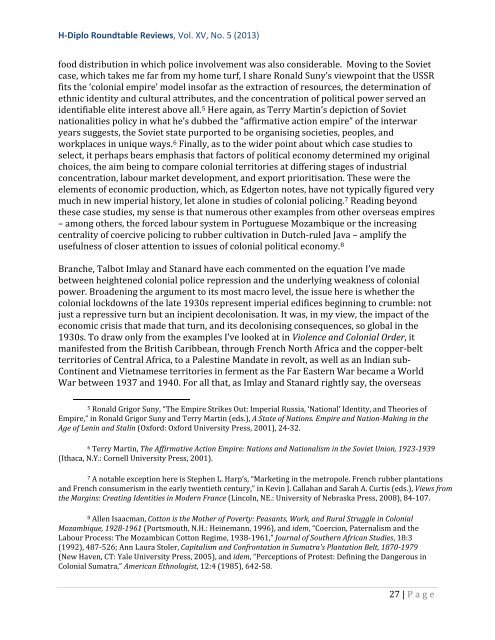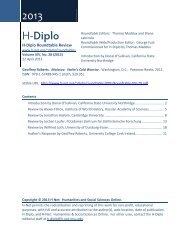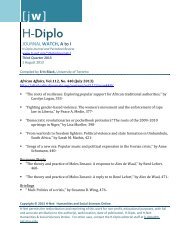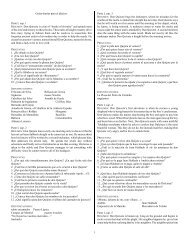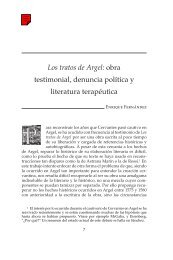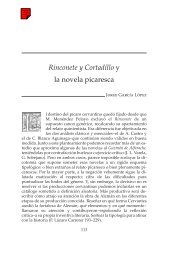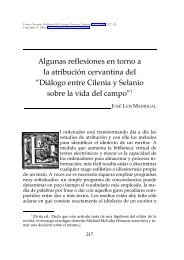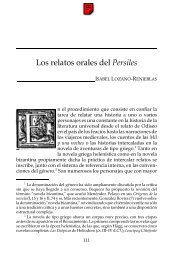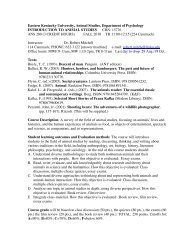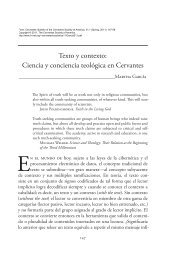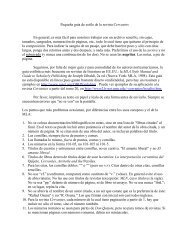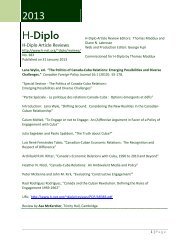H-Diplo Roundtable on Martin Thomas. Violence and ... - H-Net
H-Diplo Roundtable on Martin Thomas. Violence and ... - H-Net
H-Diplo Roundtable on Martin Thomas. Violence and ... - H-Net
Create successful ePaper yourself
Turn your PDF publications into a flip-book with our unique Google optimized e-Paper software.
H-<str<strong>on</strong>g>Diplo</str<strong>on</strong>g> <str<strong>on</strong>g>Roundtable</str<strong>on</strong>g> Reviews, Vol. XV, No. 5 (2013)<br />
food distributi<strong>on</strong> in which police involvement was also c<strong>on</strong>siderable. Moving to the Soviet<br />
case, which takes me far from my home turf, I share R<strong>on</strong>ald Suny’s viewpoint that the USSR<br />
fits the ‘col<strong>on</strong>ial empire’ model insofar as the extracti<strong>on</strong> of resources, the determinati<strong>on</strong> of<br />
ethnic identity <strong>and</strong> cultural attributes, <strong>and</strong> the c<strong>on</strong>centrati<strong>on</strong> of political power served an<br />
identifiable elite interest above all. 5 Here again, as Terry <strong>Martin</strong>’s depicti<strong>on</strong> of Soviet<br />
nati<strong>on</strong>alities policy in what he’s dubbed the “affirmative acti<strong>on</strong> empire” of the interwar<br />
years suggests, the Soviet state purported to be organising societies, peoples, <strong>and</strong><br />
workplaces in unique ways. 6 Finally, as to the wider point about which case studies to<br />
select, it perhaps bears emphasis that factors of political ec<strong>on</strong>omy determined my original<br />
choices, the aim being to compare col<strong>on</strong>ial territories at differing stages of industrial<br />
c<strong>on</strong>centrati<strong>on</strong>, labour market development, <strong>and</strong> export prioritisati<strong>on</strong>. These were the<br />
elements of ec<strong>on</strong>omic producti<strong>on</strong>, which, as Edgert<strong>on</strong> notes, have not typically figured very<br />
much in new imperial history, let al<strong>on</strong>e in studies of col<strong>on</strong>ial policing. 7 Reading bey<strong>on</strong>d<br />
these case studies, my sense is that numerous other examples from other overseas empires<br />
– am<strong>on</strong>g others, the forced labour system in Portuguese Mozambique or the increasing<br />
centrality of coercive policing to rubber cultivati<strong>on</strong> in Dutch-ruled Java – amplify the<br />
usefulness of closer attenti<strong>on</strong> to issues of col<strong>on</strong>ial political ec<strong>on</strong>omy. 8<br />
Branche, Talbot Imlay <strong>and</strong> Stanard have each commented <strong>on</strong> the equati<strong>on</strong> I’ve made<br />
between heightened col<strong>on</strong>ial police repressi<strong>on</strong> <strong>and</strong> the underlying weakness of col<strong>on</strong>ial<br />
power. Broadening the argument to its most macro level, the issue here is whether the<br />
col<strong>on</strong>ial lockdowns of the late 1930s represent imperial edifices beginning to crumble: not<br />
just a repressive turn but an incipient decol<strong>on</strong>isati<strong>on</strong>. It was, in my view, the impact of the<br />
ec<strong>on</strong>omic crisis that made that turn, <strong>and</strong> its decol<strong>on</strong>ising c<strong>on</strong>sequences, so global in the<br />
1930s. To draw <strong>on</strong>ly from the examples I’ve looked at in <strong>Violence</strong> <strong>and</strong> Col<strong>on</strong>ial Order, it<br />
manifested from the British Caribbean, through French North Africa <strong>and</strong> the copper-belt<br />
territories of Central Africa, to a Palestine M<strong>and</strong>ate in revolt, as well as an Indian sub-<br />
C<strong>on</strong>tinent <strong>and</strong> Vietnamese territories in ferment as the Far Eastern War became a World<br />
War between 1937 <strong>and</strong> 1940. For all that, as Imlay <strong>and</strong> Stanard rightly say, the overseas<br />
5 R<strong>on</strong>ald Grigor Suny, “The Empire Strikes Out: Imperial Russia, ‘Nati<strong>on</strong>al’ Identity, <strong>and</strong> Theories of<br />
Empire,” in R<strong>on</strong>ald Grigor Suny <strong>and</strong> Terry <strong>Martin</strong> (eds.), A State of Nati<strong>on</strong>s. Empire <strong>and</strong> Nati<strong>on</strong>-Making in the<br />
Age of Lenin <strong>and</strong> Stalin (Oxford: Oxford University Press, 2001), 24-32.<br />
6 Terry <strong>Martin</strong>, The Affirmative Acti<strong>on</strong> Empire: Nati<strong>on</strong>s <strong>and</strong> Nati<strong>on</strong>alism in the Soviet Uni<strong>on</strong>, 1923-1939<br />
(Ithaca, N.Y.: Cornell University Press, 2001).<br />
7 A notable excepti<strong>on</strong> here is Stephen L. Harp’s, “Marketing in the metropole. French rubber plantati<strong>on</strong>s<br />
<strong>and</strong> French c<strong>on</strong>sumerism in the early twentieth century,” in Kevin J. Callahan <strong>and</strong> Sarah A. Curtis (eds.), Views from<br />
the Margins: Creating Identities in Modern France (Lincoln, NE.: University of Nebraska Press, 2008), 84-107.<br />
8 Allen Isaacman, Cott<strong>on</strong> is the Mother of Poverty: Peasants, Work, <strong>and</strong> Rural Struggle in Col<strong>on</strong>ial<br />
Mozambique, 1928-1961 (Portsmouth, N.H.: Heinemann, 1996), <strong>and</strong> idem, “Coerci<strong>on</strong>, Paternalism <strong>and</strong> the<br />
Labour Process: The Mozambican Cott<strong>on</strong> Regime, 1938-1961,” Journal of Southern African Studies, 18:3<br />
(1992), 487-526; Ann Laura Stoler, Capitalism <strong>and</strong> C<strong>on</strong>fr<strong>on</strong>tati<strong>on</strong> in Sumatra's Plantati<strong>on</strong> Belt, 1870-1979<br />
(New Haven, CT: Yale University Press, 2005), <strong>and</strong> idem, “Percepti<strong>on</strong>s of Protest: Defining the Dangerous in<br />
Col<strong>on</strong>ial Sumatra,” American Ethnologist, 12:4 (1985), 642-58.<br />
27 | P age


